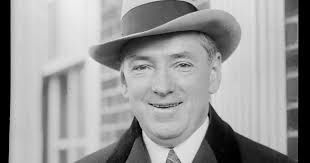Nib #63 Break Up Long Paragraphs
We’ve all been there. It’s late. You’re tired. You’re really tired of reading this thing. Maybe it’s a briefing paper for work. Maybe it’s a book for school or book club. Your eyelids are sagging, but you’re determined to power through and at least finish this section, this chapter. You’re not a quitter. You’re the guy or gal who does the reading. It’s a battle of wills between you and whoever wrote this thing, and you’re not about to lose it.
Then you turn a page. And you see the next page is One. Single. Block. Of. Text. No dialog. No sub-headers. If it’s a book, you look to the right-hand page, and it’s still that one interminable paragraph.
What happens? You close the book. You put down the brief. You close your eyes and mutter, “Not today Satan.”
So… don’t be that guy. Paragraph so as to make the world a better place. When you’re editing your work and you see you have drafted a 610-word paragraph that bestrides the page like a Colossus, break it up.
As Strunk and White put it, “Paragraphing calls for a good eye as well as a logical mind. Enormous blocks of print look formidable to readers, who are often reluctant to tackle them.”
Remember: reading is hard. A lot of good writing comes down to generosity, sympathy, and hospitality for your readers. One way to deliver those virtues is by sparing them the mephitic hellscape of overlong paragraphs.
Until next week… keep writing!











